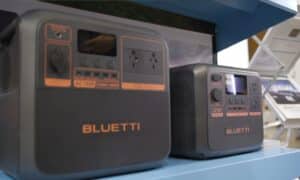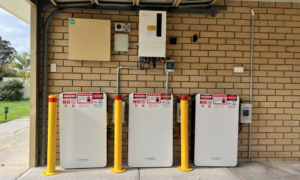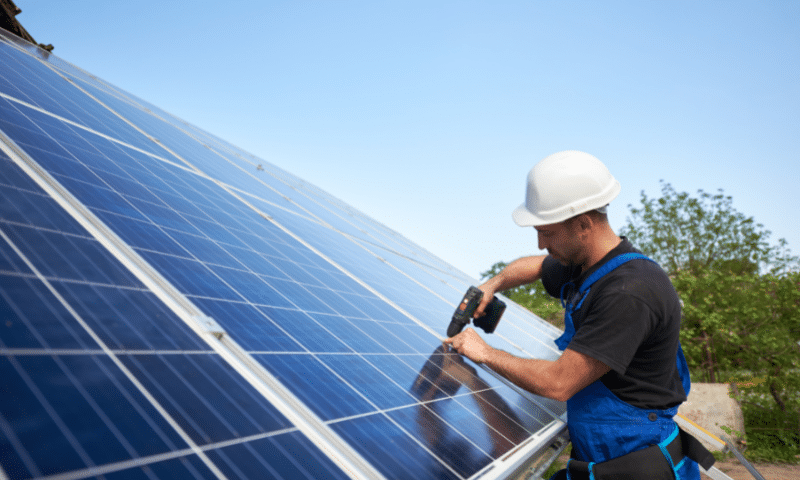
Did you know solar panels are made of silicon, which is also used to make computer chips? That’s why they’re so efficient. Did you also know that these panels work best in Australia when they face north? This means the sun can shine on them all day long, making them more productive.
This article covers seven solar energy facts you should know.
Solar Energy Technology: How Solar Panels Work
Solar radiation is a general term for electromagnetic radiation coming from the sun. It is also called a solar resource or simply just ‘sunlight’. Solar radiation is converted into various forms of energy, such as electricity and heat, with the aid of technology. We call this ‘solar energy’.
Solar energy is a renewable source of power that can generate heat and electricity. It can deliver an abundant energy source that can be harnessed in many ways. One common way to maximize solar energy is through solar panels. Other ways to harness solar energy are solar power plants, solar furnaces, and thermal storage systems.
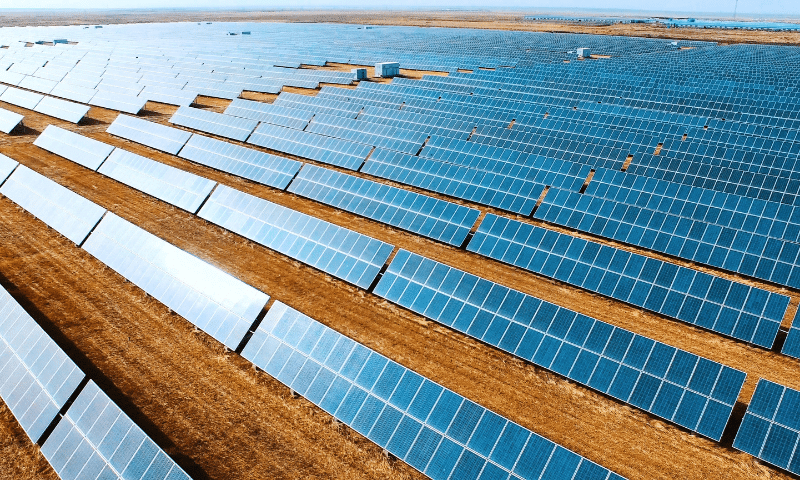
It is a resource that is clean, abundant, and inexhaustible. Here are seven little-known facts about energy harnessed by the sun which will change your perspective on this fantastic resource:
You can store solar energy with salt
Salt has been found as an efficient storage solution for Concentrated Solar Power (CSP) generators as it can store heat from the sun’s rays even after dark. This means that it could be a perfect solution for storing renewable energy from CSP plants in deserts, where large amounts of unused land and sunlight are plentiful.
It can be deployed faster than any other resource
Energy from the sun has several benefits, but the most important one is that it can be deployed much quicker than any other electricity generation. When disaster strikes, no electricity source can be built or repaired as quickly.
The space industry was one of the first to use renewable technologies
In the 1950s, the space industry began to use renewable technology to provide power aboard spacecraft. Vanguard 1 – the first artificial satellite run by solar cells – remains the oldest manufactured satellite in orbit, logging more than 6 billion miles.
Panels are now a standard feature on satellites and rovers exploring other planets like Mars or Venus, as well as for large-scale ground installations that generate clean electricity from sunlight.
One hour of sunlight is enough to power the entire Earth for a year
One hour of direct sunlight is all it takes to collect enough energy to generate a year’s worth of energy for the entire Earth. It doesn’t take much, but with this free and powerful resource at our disposal, imagine what could be accomplished.
The world’s largest solar plant is in California
Ivanpah Power Facility is the world’s largest operating solar thermal plant. It uses CSP technology to focus 173,500 heliostats, each containing two mirrors, onto boilers located in three power towers. The plant, which came online in 2014, has a gross capacity of 392 megawatts (MW).
Panels don’t need direct sunlight
It doesn’t matter if it’s cloudy outside or not. Solar Panels can capture different parts of the sunlight spectrum – so even when the sun isn’t beaming directly onto them, they’ll still be generating electricity for your home.
The cost of panels has fallen 99 percent since 1977
Installing solar panels for your residential or business no longer has to be expensive. Lower prices mean that now is a great time to invest in solar power. This will save you money on your electric bill and help protect our environment and reduce pollution from fossil fuels. With so many benefits, there’s no reason not to go green today. If you are ready to go solar, get up to 3 FREE solar quotes today from our network of trusted, local installers.
3 Things to Keep in Mind When Investing in a Solar Energy System
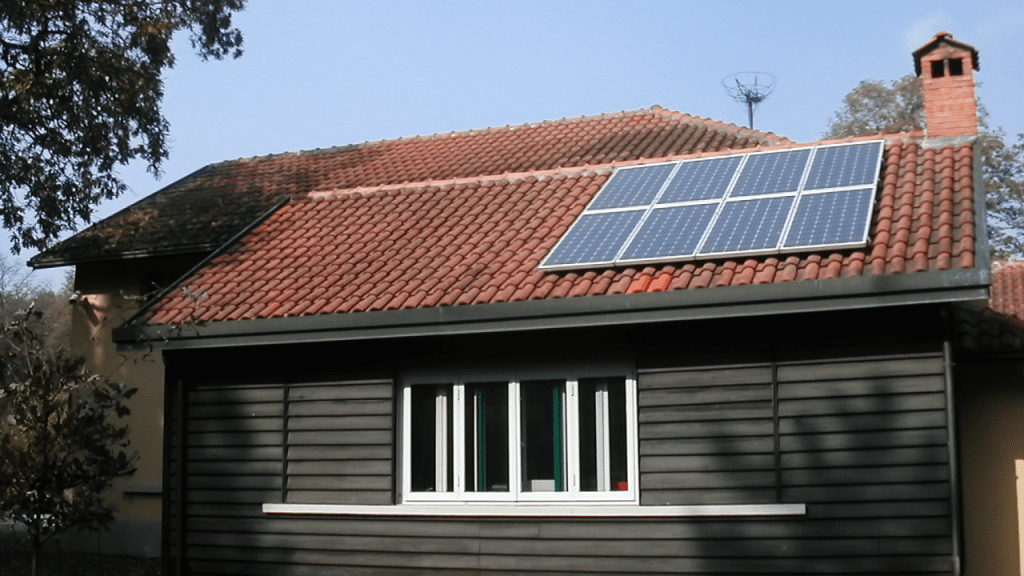
Prior to investing in a solar energy system, you must first determine what system is best for your current and future needs. Determine the amount of sun exposure your home gets, the amount of electricity you use, and the size of your roof.
Generally speaking, a bigger system can produce more electricity, which also means a greater investment. The average size of a solar PV system in Australia is 9.5 kW. There are other options that are bigger and smaller depending on your needs and budget.
The next factor to consider is the cost of the system. The costs may vary on the size you need, the brand you’re going for, and whether or not you go with a purchase or lease option.
Lastly, the payback period – the amount of time it takes to redeem your investment. This is through the amount of savings on your electric bill. The payback period may depend on factors such as sun exposure, the size of the system, and the electricity costs in your area. The average payback period for a solar system is 4 to 5 years. With manufacturer’s warranties of 20 years for solar panels (or more, depending on the brand), you can expect many years of free energy and savings on your electricity bill.
Our fantastic network of local installers will be able to provide you with a FREE solar quote that will take into account all these factors.
Solar and Wind Energy: the Future of Clean Power
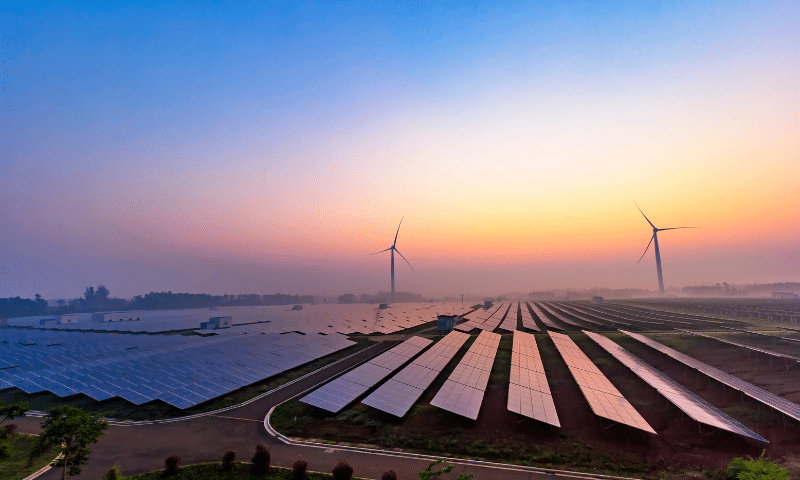
Solar and wind energy are the most promising renewable sources of clean power today. Since they are renewable, they can be used again and again without producing any harmful emissions such as carbon dioxide.
These two renewable sources provide a number of benefits over traditional sources of energy, such as natural gas and coal. For one, they are cleaner; solar panels don’t produce air pollution, and wind turbines produce only a small amount. Most of all, they are renewable, and we will never run out of wind or sunlight. Lastly, the solar energy industry is much cheaper to operate compared to traditional power plants.
Energy Matters: Helping You Go Solar
Making the move to solar brings with it many benefits. Not only will you be reducing your carbon footprint but you’ll be setting yourself up for energy independence! You’ll see huge savings on your electricity bill whilst ensuring that you are doing your part to tackle the greatest challenge humanity has ever faced – Climate Change.










